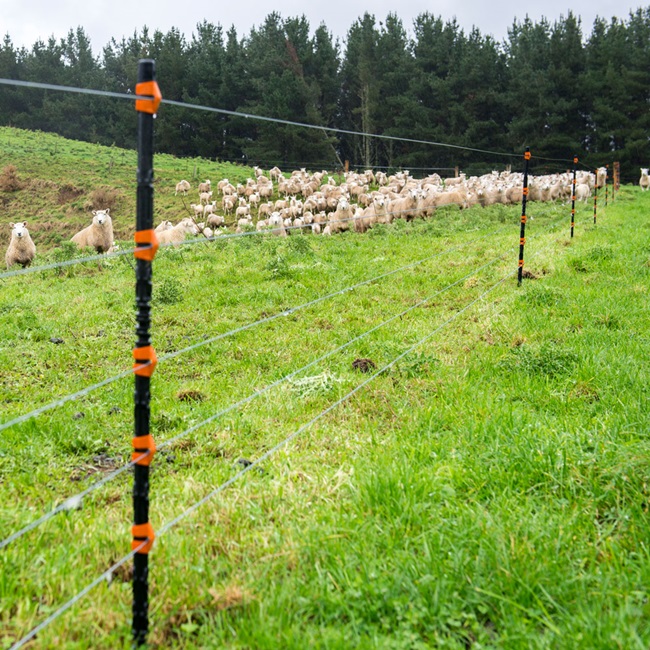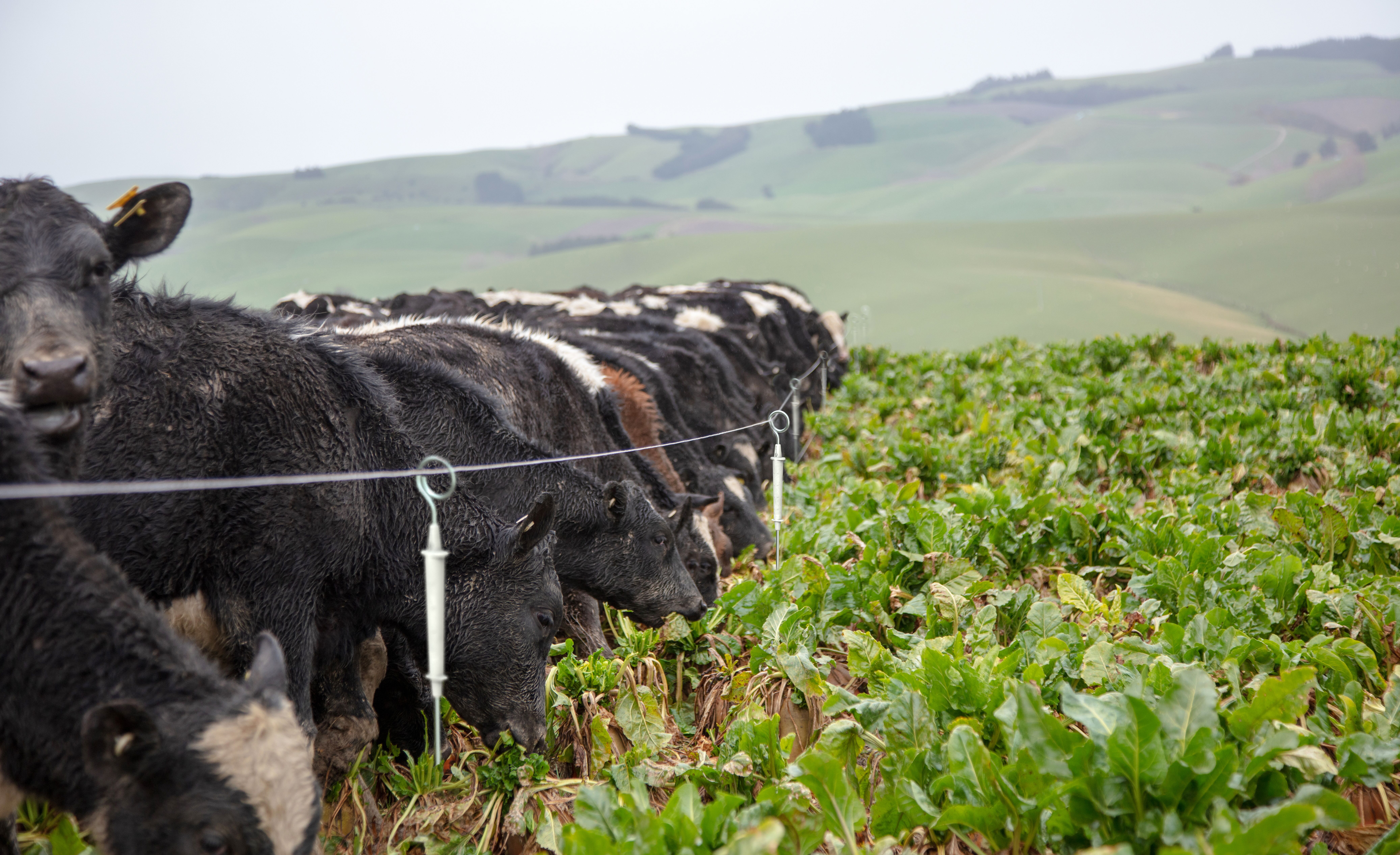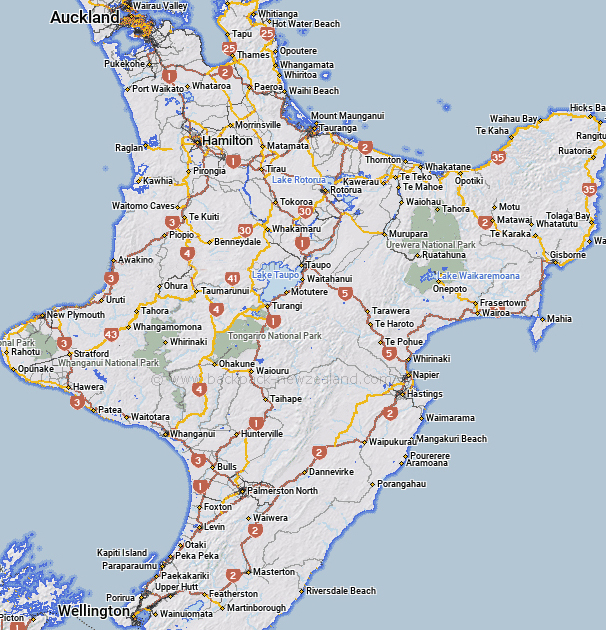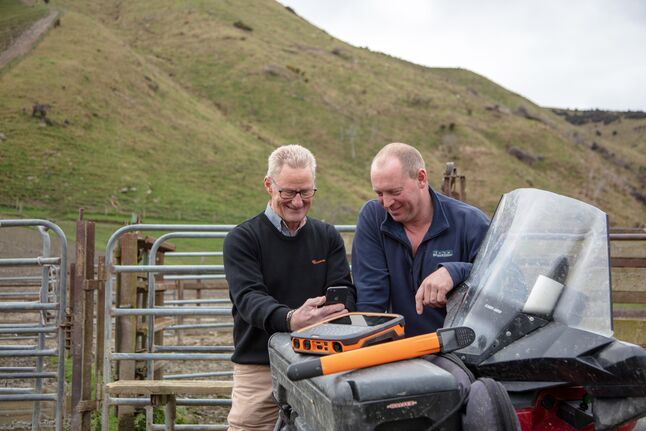What is electric fencing?
It’s a system where a large pasture is divided into smaller paddocks, allowing livestock to be concentrated in one small paddock for a period before moving to the next. The time livestock spend in each paddock will depend on what kind of farming operation you’re running and what crop/pasture. Pasture management is also known as rotational grazing, managed grazing, timed grazing, deferred grazing, and wholistic management.
Why is it effective?
Managed grazing enables a rest period for paddocks, giving the pasture time to efficiently regrow and improve yield. When done well it can help farmers increase productivity, livestock weight gain and reduce wastage.The traditional way of grazing is called “set stocking”, where livestock can graze as they please in a large paddock. This method results in livestock eating the grass they like first, which can lead to these species being over-grazed, and the less desirable species becoming overgrown. This can result in an invasion of weeds, weak roots, and lower growth rates.
Key considerations
The number & size of grazing areas.
It is important to ensure that pasture sections are able to rest and re-grow.
The length of grazing time.
The more regular the rotation, preferably every few days, means the more time the pasture spends growing rather than being grazed.
Number of animals on each grazing area.
Stocking density determines how efficiently the allocated area is grazed.
How does rotational grazing work?
Sectioning pasture and giving livestock set times for grazing, enables optimal grass growth. When the grass is very short or very long, the growth rate is slow. Grazing the grass to the Goldilocks level – not too short and not too long – means it can re-grow at the most optimal rate.
Creating more smaller paddocks (or ‘subdivisions), and more frequently moving stock between them means each grazing area spends more time with no stock present, increasing the recovery period for the pasture and enabling it to become thicker and stronger both below and above ground.
Best Practice
For best practice grazing, animals are shifted every 1 or 2 days. The number of animals and the size of the subdivisions is arranged so that over the grazing interval the pasture will be utilized down evenly to the desired residual level. This requires stock pressure to avoid selective grazing. By having more subdivisions and therefore more frequent movement of stock, the grazing efficiency improves. In many regions it is possible to achieve more than twice the weight gain per acre by implementing a managed or rotational grazing regime.
Optimising quality & production
Having healthy pastures helps ensure profitability by having an unending supply for livestock sustenance. Electric fencing has revolutionised pasture management techniques, by providing permanent and portable systems to subdivide pastures for more effective grazing, keeping the grass fresh, short, high energy and palatable. This ultimately leads to increased milk and meat production.
As a general rule, a combination of permanent and portable electric fences will provide the best animal control system. They are low cost, highly reliable and configurable to achieve the grazing pattern you need. If there is good external fencing, a grazing system can be trialed with just a few reels, ringtop standards and a portable solar energizer.
Once the desired results are achieved, a permanent electric fence system can be installed to reduce the labour requirement to continually erect fences or move the livestock.
Permanent Fencing
Permanent electric fences are low-cost compared with conventional non-electric fence, and longer lasting. Permanent fences use highly conductive, corrosion resistant fence wire, together with wood, steel, fibreglass or Gallagher Insulated Line Posts, coupled with components to keep fences looking good and working effectively for a lifetime.
Fencing layout should be designed to make stock movements easy, and to enable further subdivision using portable fencing, meaning better animal control overall.
Laneways and gateways make stock movements to the next grazing area straightforward, which also results in improved animal welfare outcomes.
View all Permanent Fencing products
Need some help figuring
out the right products
and quantities?
Portable fencing
Portable electric fences are easy to transport, assemble and take down, allowing for total flexibility either within a permanent electric fence system, or within a traditional, non-electrified fence system using portable energizer power.
Ring Top or Pigtail posts are a popular option for dairy and cattle portable fencing. Multiwire treadins come with the option to secure wire at different heights so they can be used for all other animals.
Reels hold the tape, braid or wire for the portable fence. You can use just one reel for single line fences or up to four reels, attached to a reel stand, for multiwire fences.
Tapes, Wires and Braids are used on portable fences, rather than galvanised wire used on permanent fences. Gallagher conductors are ideal for portable electric fences as they are light, visible and easy to wind.
View all Portable Fencing products
Need some help figuring
out the right products
and quantities?
The right solution for your needs
An inside look at Gallagher products in action




